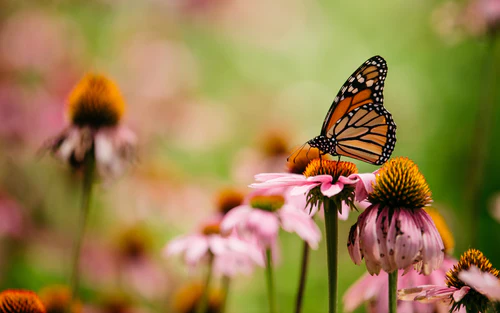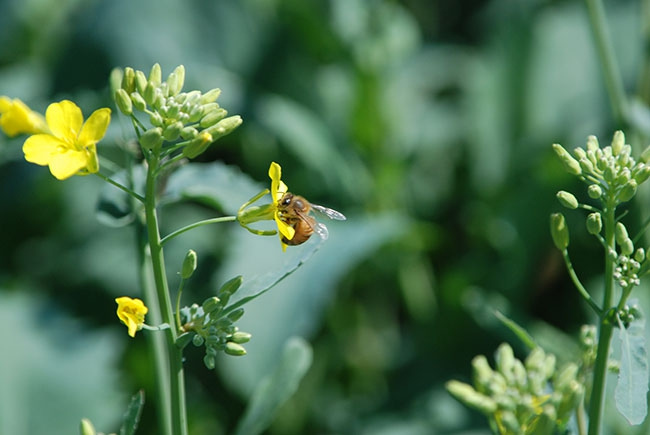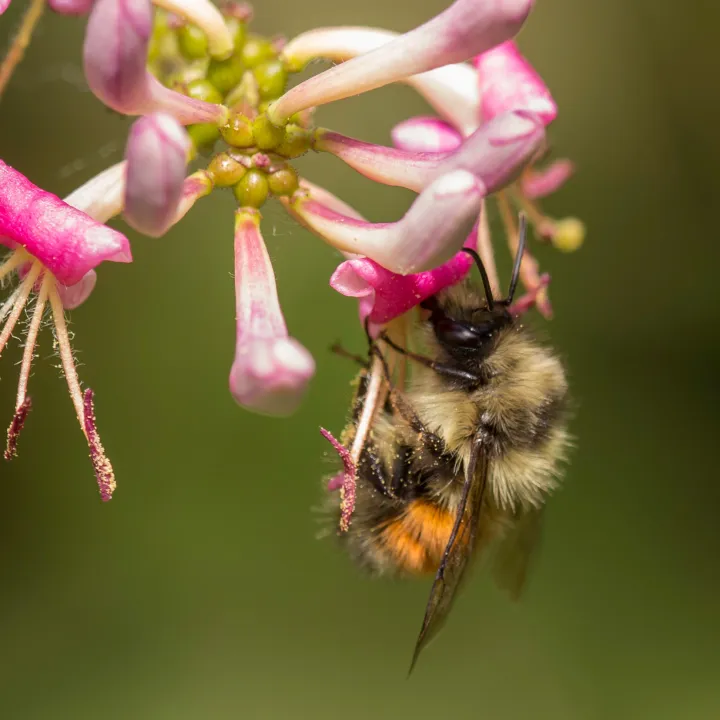Pollination plays a crucial role in the growth of vegetables and other plants. Since plants can’t move to spread their pollen, they rely on pollinators to help them reproduce. The more pollinators you have, the better the yield from your crops. But how do you ensure you’re attracting enough of these beneficial insects? Here’s a guide to cultivating a pollinator-friendly garden and improving your garden’s productivity.
Choosing the Right Flowers
Not all flowers are equally suited for pollinators. Many modern cultivars, like double-flowered varieties, prioritize aesthetics over function. While these flowers may look impressive, their excess petals often block access to the pollen and nectar that bees, butterflies, and other insects need. Simple, single-flower varieties are much more effective at attracting pollinators because they have open centers that are easy for insects to access.
Examples of Pollinator-Friendly Flowers:
- Nasturtiums: Not only are they great for pollinators, but they’re also edible and can help distract pests like cabbage butterflies from your brassicas.
- Poached egg plants (Limnanthes douglasii): These are great for attracting hoverflies, which also control aphid populations.
- Alyssum: This annual has a sweet scent and is loved by hoverflies, which are effective aphid predators.

Enhancing Pollination in the Vegetable Garden
Vegetable gardens can also be havens for pollinators if you let some of your herbs and vegetables flower. Parsley, thyme, oregano, celery, carrots, and onions are all excellent for attracting pollinators. Additionally, community and productive gardens—those with a mix of flowers, vegetables, and fruits—are often the best environments for pollinators, offering a diverse range of blooms.
Diversifying Flower Types
Different pollinators are attracted to different flower shapes. To attract a variety of insects, consider planting a mix of flower types:
- Tubular flowers like honeysuckle, foxglove, and penstemon are perfect for long-tongued bees, including bumblebees.
- Flat flowers like yarrow and parsley attract hoverflies.
- Purple flowers such as lavender, catmint, and alliums are particularly attractive to bees.
- Late-blooming flowers like sedum and ivy are vital for feeding pollinators in the fall.

Wildflowers and Native Plants
Native wildflowers tend to attract more pollinators than non-native species because they’ve evolved alongside local insect populations. Incorporating a mix of wildflowers into your garden can support a wide range of pollinators. Allowing your lawn to grow a little longer can also provide space for wildflowers like dandelions, clover, and daisies, which are important sources of nectar.
Additionally, letting some “weeds” grow, such as nettles (a food source for butterfly larvae), can support a range of pollinators. Milkweed is another great addition for attracting monarch butterflies.

Supporting Solitary Bees
Solitary bees, which are far more efficient than honeybees, can be encouraged with simple bee hotels. These can be made using hollow stems or bamboo, arranged in a wooden frame. Make sure the hotel is placed out of reach of predators, ideally receiving morning sun and afternoon shade.
Bumblebees, which nest in the ground, also make excellent pollinators. Creating habitats such as compost heaps or areas of longer grass can support them.
Beyond Bees: Other Pollinators
Pollinators come in all forms, including wasps, ants, and tiny beetles. While wasps may not be as beloved due to their sting, they play a vital role in pest control and pollination. Most wasp species are not aggressive, and their presence can significantly benefit your garden by reducing pests.
Final Thoughts
The decline of pollinators is a growing concern, but you can help reverse this trend in your own garden. By planting a variety of pollinator-friendly flowers, supporting wildflowers, and creating habitats for bees and other insects, you can ensure your garden thrives and supports the diverse wildlife it depends on. Which pollinator-friendly plants are you growing in your garden? Share your experiences in the comments!